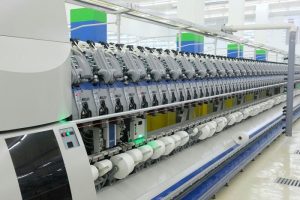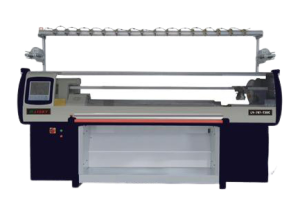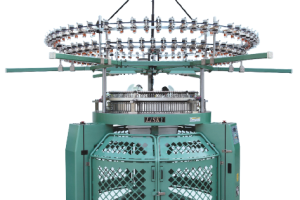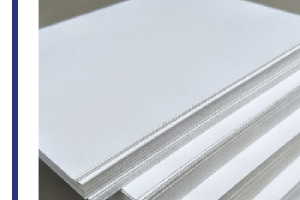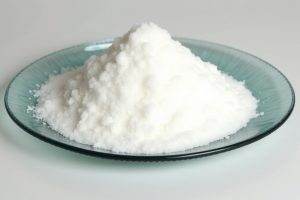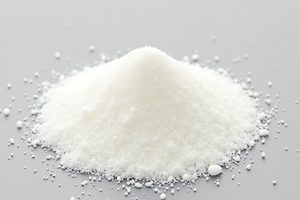The present invention relates to improved bleaching granules designed for enhanced stability, controlled release, and increased effectiveness in various cleaning and disinfection applications. Bleaching granules, typically composed of dry, solid forms of chlorine or oxygen-based bleaching agents, offer advantages over liquid formulations in terms of shelf life, handling safety, and storage.
Bleaching Granules
Abstract
This invention introduces optimized compositions and coatings that reduce dust formation, prevent premature degradation, and enable targeted application in laundry, sanitation, and industrial cleaning processes. The invention further addresses environmental concerns through low-residue, biodegradable formulations.
BACKGROUND OF THE INVENTION
Bleaching agents are widely used for their ability to remove stains, disinfect surfaces, and whiten fabrics. Traditionally, these agents have been delivered in liquid form (such as sodium hypochlorite solutions), which poses several limitations including limited shelf life, volatility, and challenges in transportation and storage due to leakage or degradation. As an alternative, bleaching granules have gained popularity for their solid form, which is more stable, compact, and safer to handle.
However, current granule formulations often suffer from drawbacks such as:
-
Dusting, which can cause irritation or respiratory issues during handling.
-
Moisture sensitivity, leading to clumping and loss of bleaching power over time.
-
Uneven dissolution, which can result in inconsistent bleaching performance.
Bleaching Powder

Bleaching granules have a broad range of applications in both domestic and industrial settings. Key uses include:
-
Laundry and Fabric Care
-
Surface Cleaning and Disinfection
-
Water Treatment
-
Industrial and Institutional Cleaning
-
Toilet and Drain Cleaners
-
Agricultural and Veterinary Uses
Due to their stability and compact form, bleaching granules are ideal for settings where safety, portability, and long-term storage are important. The invention enhances these advantages while mitigating prior limitations.

